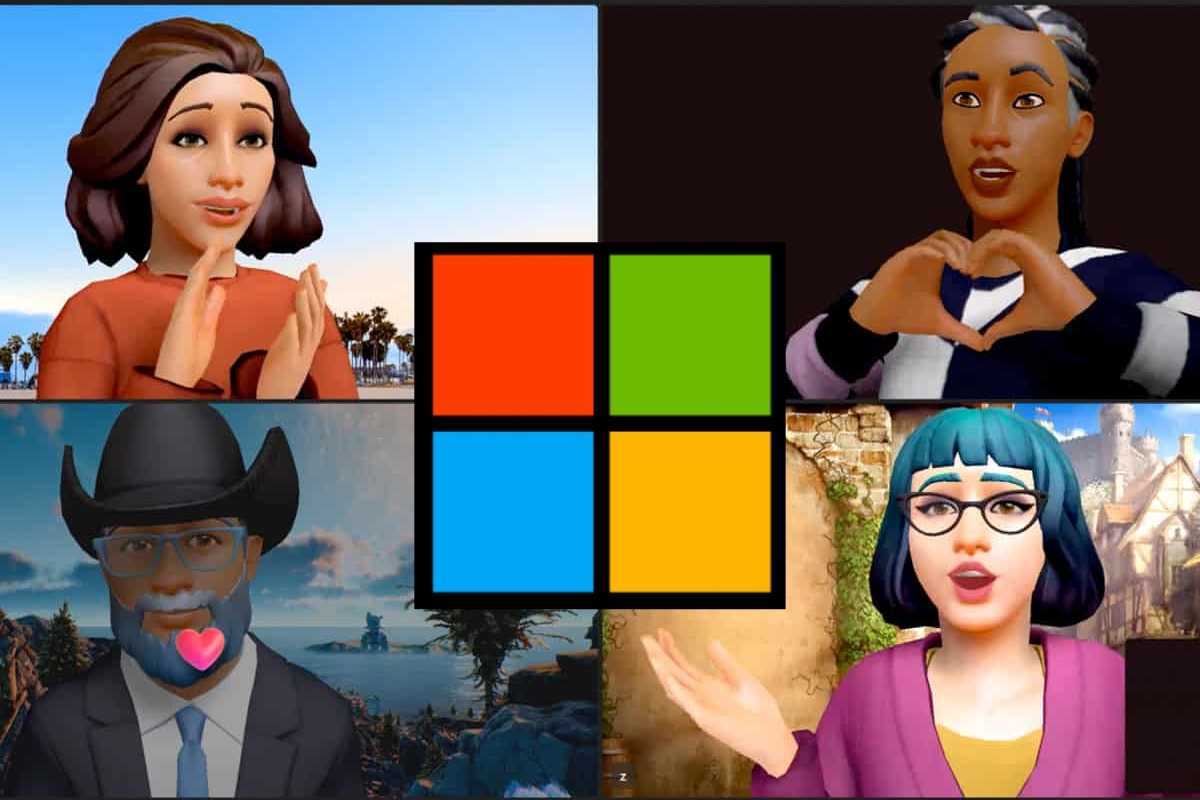Microsoft Releases diffusion Model For Metaverse Avatars

Microsoft created a diffusion model that can transform a single two-dimensional (2D) image of a human face into a three-dimensional (3D) avatar. A team of researchers at Microsoft Research created the diffusion model, which was described in a paper that was published in the journal arXiv.
The 3D avatar can then be used to create a virtual reality (VR) or augmented reality (AR) experience or to simply provide a realistic 3D view of the person for gaming or other purposes.
3D Avatar is based on a machine algorithm
The 3D Avatar Diffusion is built on a machine-learning algorithm known as a diffusion model. Diffusion models can produce new data that is similar to the training data because they are generative models. The ADM is the first diffusion model to be able to create a realistic 3D avatar from a single 2D image, though diffusion models have been used in the past to create 3D images from 2D images.
The researchers used a dataset of more than 200,000 3D face models to train the model. The faces in the dataset came in a wide range of skin tones, haircuts, and facial characteristics. The ADM was then able to create a realistic metaverse from a single 2D image. However, after learning the relationship between the 2D image and the 3D face model.
Generative models automatically create 3D Avatars
This study suggests a 3D generative model for the automatic generation of 3D digital avatars. However, they are represented as neural radiance fields with diffusion models. The difficulty in developing the rich features necessary for high-quality avatars stems from the prohibitive memory and processing demands associated with 3D. The roll-out diffusion network (Rodin) is recommended by developers to solve this problem.
Earlier, Bill Gates claimed that his former company was developing Teams office software with 3D avatars and other metaverse-friendly features. Now that Microsoft is working with Mark Zuckerberg and Meta. However, to make the latter’s Workplace social network for businesses compatible with Teams. Also, teams may even have a clear on-ramp to the metaverse.
Also Read: My Neighbor Alice: An Introduction To The Play-To-Earn Crypto Game
- Robert Kiyosaki Calls Bitcoin and Ethereum ‘Real Money,’ Urges Investors to Ditch ‘Fake’ Fiat
- ‘Sell Gold, Buy Bitcoin’: Expert Flags Major Market Bottom Signal
- Ripple Makes ‘Unusual’ $500M Transfer Amid $1 Billion XRP Treasury Plans
- ‘I’m Going Bonkers’: Dave Portnoy Says He’ll Buy XRP Again If It Dips Below This Level
- BitMine’s Tom Lee Calls Dip Golden Opportunity as Trump Sets Meeting With China on U.S. Tariffs
- Solana Price Faces Bearish Pressure — Analyst Notes Breakdown Amid Derivatives Slowdown
- Shiba Inu Price Eyes Recovery as Burn Rate Jumps 10,785% – Can SHIB Hit $0.000016?
- Ethereum (ETH) Price Prediction: Analyst Eyes $7,000 by Q4 as Bitmine Accumulates $281M ETH — Will History Repeat Itself?
- HYPE Price Teeters Amid Weak Technicals and Soaring Liquidations
- XRP Price Prediction As Ripple Announces $1B Treasury Plans – Is a Rebound Imminent?
- Bitcoin Price Prediction Amid Gold’s Parabolic Rally to Second-Largest Reserve Asset











